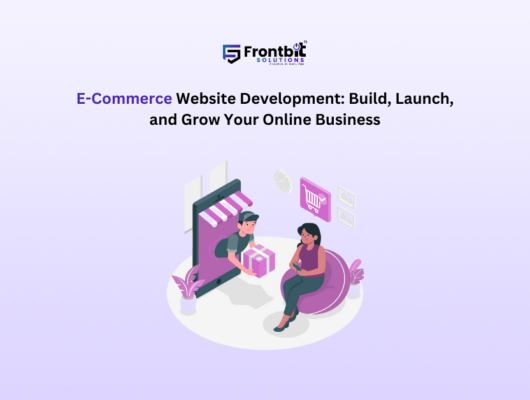Introduction
Start by briefly explaining what ecommerce integration is in simple terms. For example:
In today’s digital world, businesses use various online tools to manage their operations, from sales to inventory to customer service. Ecommerce integration helps these tools work together, allowing businesses to provide a seamless experience for their customers and manage their processes more efficiently.
What Is Ecommerce Integration?
Define ecommerce integration in detail, covering:
- Basic Concept: Integration in ecommerce connects different software platforms (like your website, CRM, accounting software, etc.) to work together smoothly.
- How It Works: Explain how APIs (Application Programming Interfaces) or middleware can connect systems to exchange data.
- Common Integrations: List examples, such as website-to-CRM integrations, inventory management, payment gateways, and marketing automation.
Types of Ecommerce Integrations
Briefly describe various types of integrations:
- Payment Integration: Connects online stores to payment gateways (PayPal, Stripe, etc.).
- Inventory Management Integration: Links online sales channels with stock management systems.
- Shipping and Fulfillment Integration: Syncs with shipping carriers or fulfillment providers.
- Customer Relationship Management (CRM) Integration: Combines customer data from multiple sources for a unified profile.
- Marketing Integration: Links marketing tools like email, social media, or advertising platforms to your store.
Why Do You Need Ecommerce Integration?
Explain the benefits of integration and why businesses should invest in it:
- Efficiency and Automation: Saves time by automating manual tasks, such as data entry and inventory updates.
- Improved Customer Experience: Provides a more seamless shopping experience, e.g., accurate stock availability, quick order processing, and personalized marketing.
- Data Consistency and Accuracy: Avoids errors from manual data entry, ensuring accurate information across all systems.
- Scalability: Makes it easier to expand operations by connecting additional platforms and channels as the business grows.
- Enhanced Decision-Making: Gives a real-time view of all business processes, helping leaders make informed decisions.
Challenges of Ecommerce Integration
Discuss potential challenges:
- Complexity and Setup Costs: Integration can be complex, especially for businesses with multiple systems or custom setups.
- Data Security: Keeping customer data secure during integration is crucial.
- Ongoing Maintenance: Integrations need regular updates and monitoring to ensure they work correctly over time.







